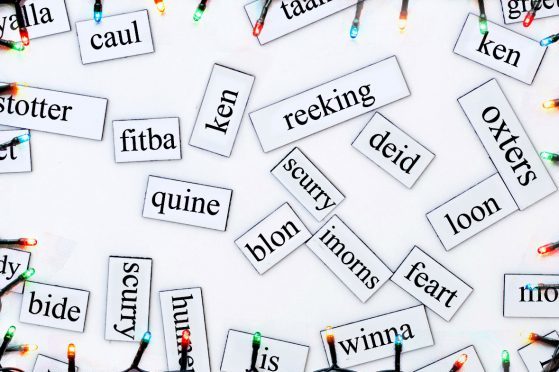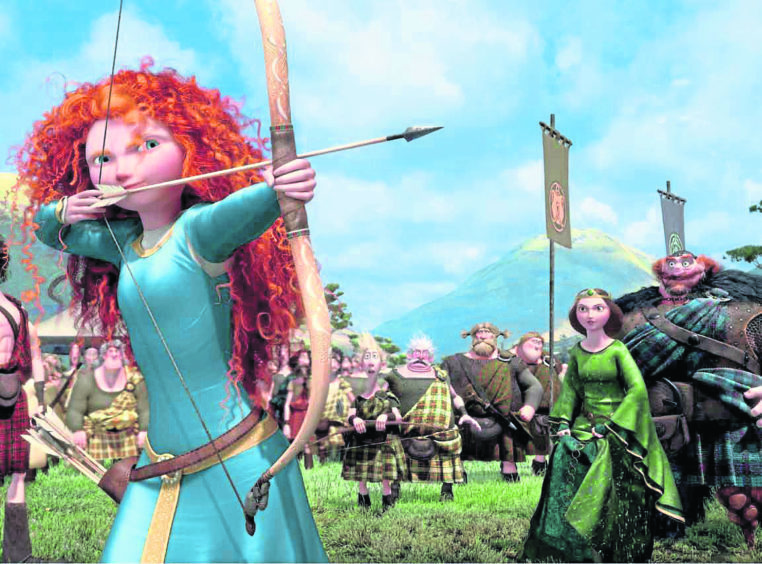It’s an initiative that has already sparked global interest and now Doric language classes at Aberdeen University are set to double in size in 2019.
Following the success of a scheme launched earlier this year, a second set of classes in North-East Scots – commonly known as Doric or Toonser – will begin next month.
Their arrival will coincide with the launch of the United Nations Year of Indigenous Languages.
A similar class run in the autumn was a sell-out success, attracting participants from as far afield as Australia, France and Luxembourg.
From next year, two classes – beginner and advanced – will be held to satisfy demand.
The beginners course will be aimed at newcomers to the north-east, who want to learn more about the language and use it with confidence.
It is also aimed at locals, who might never have been encouraged to use the language, but want to re-engage with it.
The class will be led by Jackie Ross, a renowned Doric storyteller and member of the Grampian Association of Storytellers.
The advanced class will focus on conversational practice and help people develop the skills to make a work presentation in Scots, write a letter, or even translate a beloved piece of literature.
Scots writer and journalist Alistair Heather, public engagement officer at the university’s Elphinstone Institute, will lead that class.
Dr Tom McKean, director of the Elphinstone Institute, which is the university’s centre for the study of north-east traditions and folklore, said he was excited by the renewed interest in the language.
He added: “These classes are open to everyone and are a great way for people to build their confidence, whether they’re beginners or native speakers.
“It’s a fun way to bring people together to celebrate language, to learn from each other, and to see the North-East in new ways.”
Scots is a language spoken by more than 1.5 million people, according to the 2011 census, with around half of everyone in Aberdeen and Aberdeenshire having some Scots language skills.
It is spoken across Scotland – and also in some parts of the north of Ireland, where Ulster Scots is spoken – but the north-east is home to some of the lexically richest dialects anywhere in the country.
The new session of classes will run on a Monday and Wednesday respectively at the university’s MacRobert building from 7-9pm.











